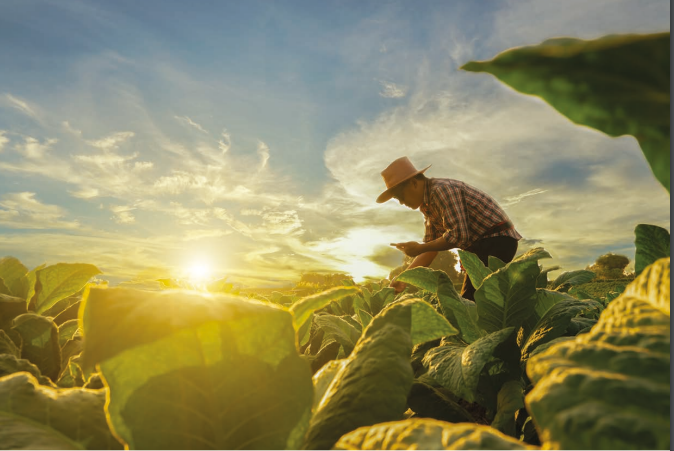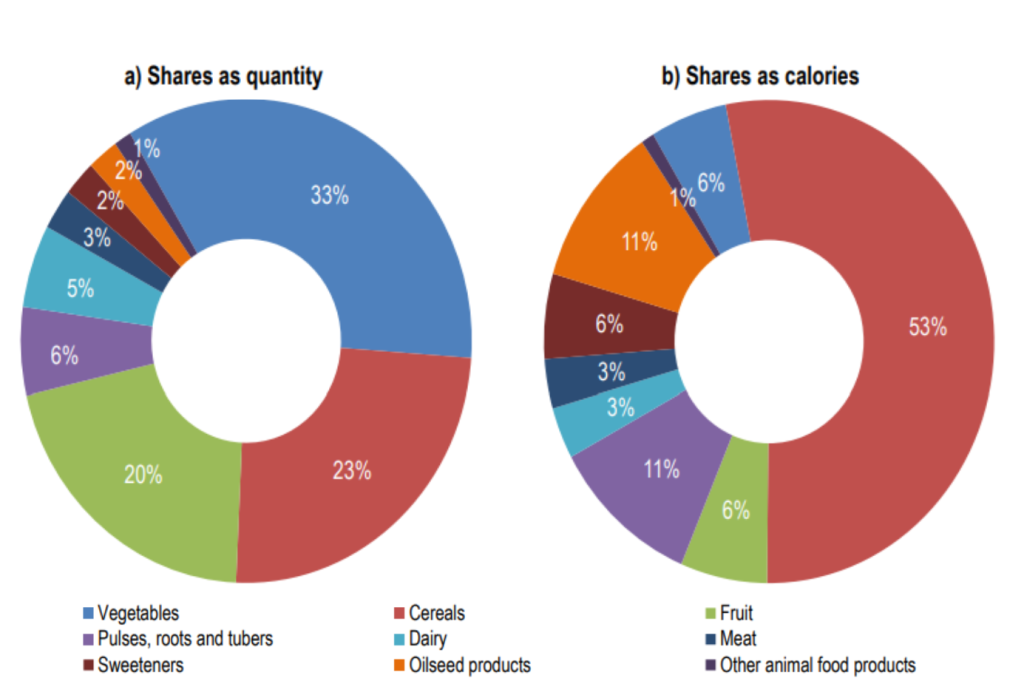In this Article
Addressing food loss and waste is essential for enhancing the environmental sustainability of global food systems and improving food security and nutrition.

Food loss is typically defined as losses that occur throughout the food value chain, spanning from post-harvest, slaughter, or catch to the retail stage. On the other hand, food waste refers to waste generated at the retail and final consumption stages.
As part of the United Nations 2030 Agenda for Sustainable Development, Sustainable Development Goal (SDG) 12 establishes a global commitment to promote sustainable consumption and production. Specifically, SDG Target 12.3 aims to halve per capita global food waste at the retail and consumer levels by 2030, including post-harvest losses, within the same time frame. However, government efforts to address this challenge are hindered by a lack of reliable data on the scale and distribution of food loss and waste across value chains, variations among countries, and the commodities most affected.
Regarding food security and nutrition, food loss and waste can be quantified in terms of calories or protein to reflect the energy or nutrient content of various commodities. Data on shares of food loss and waste by commodity from 2021 to 2023 illustrate the contribution of major food groups to total food loss and waste on a calorie basis over the period. Projections indicate that by 2033, approximately 2.8 million terra calories will be lost or wasted between the point of production up to retail and households. This amount represents more than double the annual calorie intake of low-income countries. Cereals, pulses, roots, and tubers, critical calorie sources for much of the world’s poorest populations, constitute nearly two-thirds of the lost and wasted calories, with cereals alone accounting for 53%.

Reducing food loss and waste offers a significant opportunity to address existing inequalities in the distribution of calories both within and between countries. In line with the SDG objectives of enhancing food security and nutrition by 2030, minimizing losses throughout the food supply chain can preserve more food and distribute it equitably, ensuring that a greater share of available calories reaches those in need.
The factors contributing to food loss and waste vary across different income groups. In lower-income regions, limited access to technological advancements, including cold storage and efficient transportation, leads to supply chain inefficiencies. Meanwhile, in higher-income regions, food loss and waste are primarily influenced by natural environmental factors, marketing standards, food safety regulations, and consumer behavior.
Reference: OECD/FAO (2024), OECD-FAO Agricultural Outlook 2024-2033, Paris and Rome, https://doi.org/10.1787/4c5d2cfb-en.




